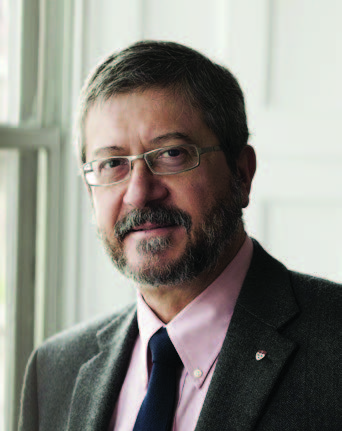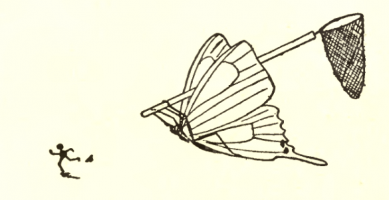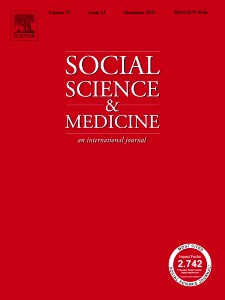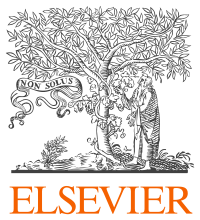 When Saidur Rahman learned last month that his 2010 review paper about nanoparticles in refrigeration systems had been retracted, he was concerned—no one at the journal had told him it was going to be pulled.
When Saidur Rahman learned last month that his 2010 review paper about nanoparticles in refrigeration systems had been retracted, he was concerned—no one at the journal had told him it was going to be pulled.
Rahman, a professor of engineering at Sunway University in Selangor, Malaysia, had recently corrected his 2010 review in Renewable and Sustainable Energy Reviews—specifically, in January, the journal published a two-page correction rewriting the parts of the paper that were “appear close to some materials we had included in some of our other review research.” But Rahman was not anticipating a retraction. Continue reading Oops: Elsevier journal retracts the wrong paper
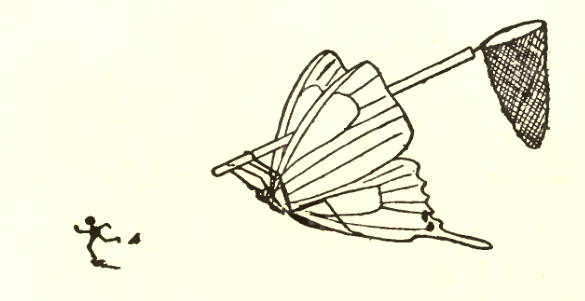 Title:
Title: 

 When
When 